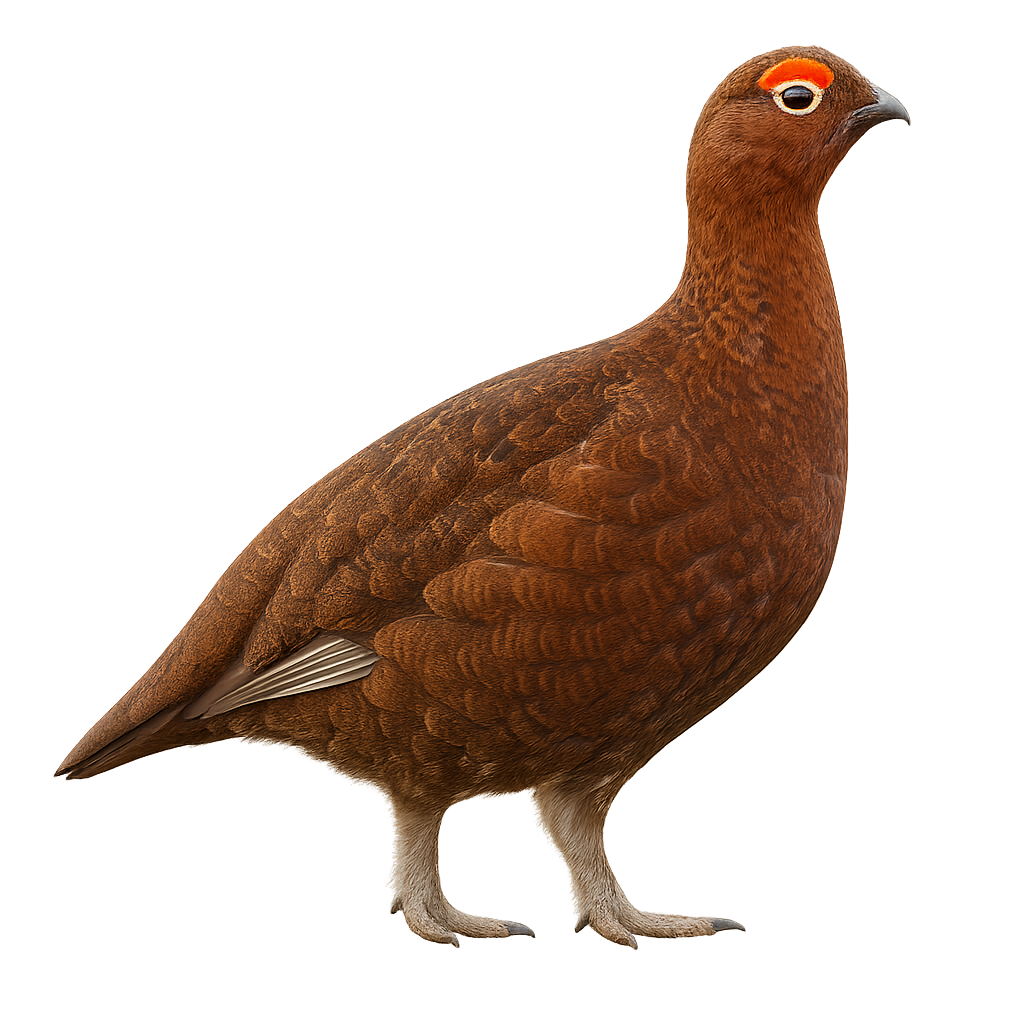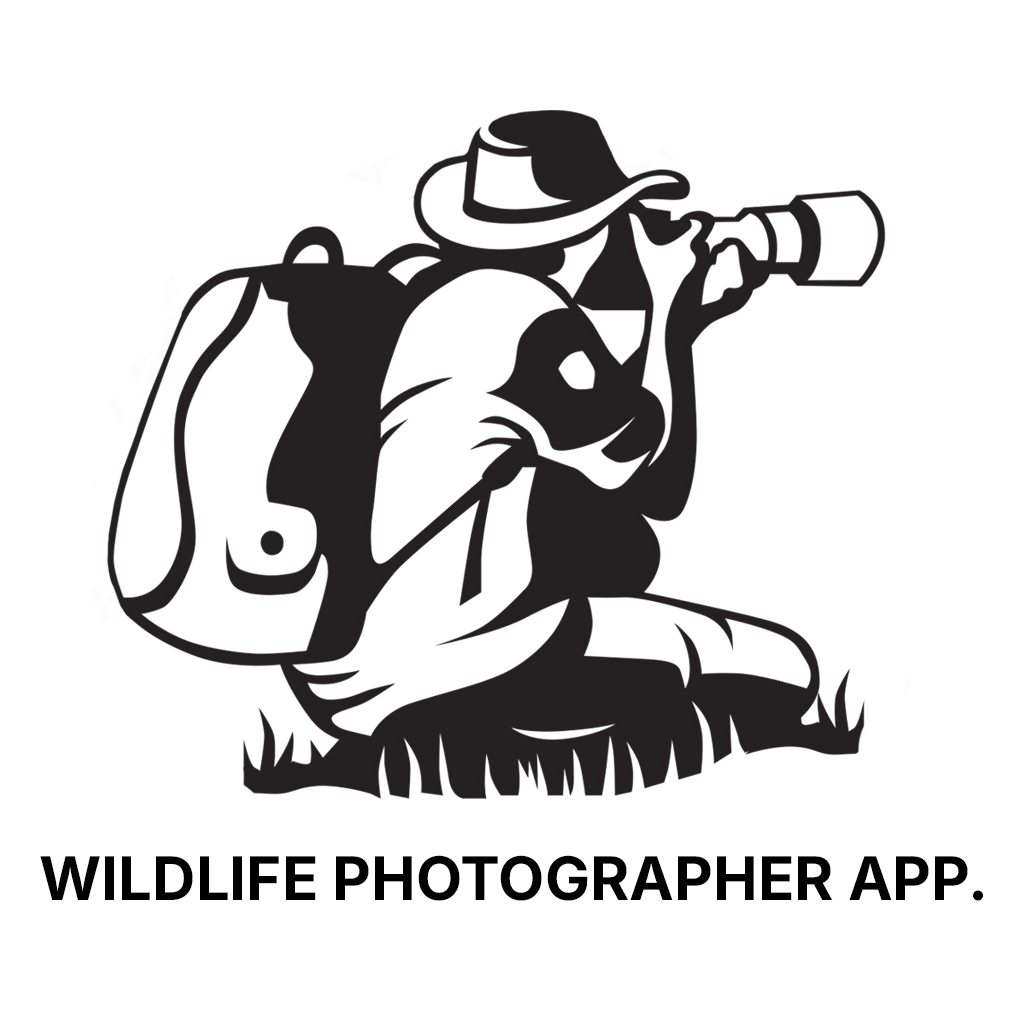Your wildlife photography guide.
Explore the scottish ptarmigan in detail, study its behavior, prepare your shots.
Where to observe and photograph the scottish ptarmigan in the wild
Learn where and when to spot the scottish ptarmigan in the wild, how to identify the species based on distinctive features, and what natural environments it inhabits. The WildlifePhotographer app offers tailored photography tips that reflect the scottish ptarmigan’s behavior, helping you capture better wildlife images. Explore the full species profile for key information including description, habitat, active periods, and approach techniques.
Scottish ptarmigan
Scientific name: Lagopus lagopus scotica

IUCN Status: Least Concern
Family: PHASIANIDAE
Group: Birds
Sensitivity to human approach: Suspicious
Minimum approach distance: 30 m
Courtship display: March to May
Incubation: 21-23 jours
Hatchings: April to June
Habitat:
Mountainous and high-altitude areas of the Scottish Highlands, mainly in Scotland, where it lives in moorlands, bogs, and rocky areas
Activity period :
Primarily active during the day, with peak activity in the morning and late afternoon.
Identification and description:
The Scottish Ptarmigan, or Lagopus lagopus scotica, is a subspecies of the Willow Ptarmigan, specifically found in the mountains of Scotland. It measures about 30 to 35 cm in length and weighs between 300 and 450 g. Its plumage changes with the seasons: in winter, it is entirely white, allowing it to blend perfectly into the snow, while in summer, it has a brown-red spotted plumage that makes it blend into the Scottish moorlands. The Scottish Ptarmigan inhabits the highlands, particularly in the northern mountains of Scotland, where it primarily feeds on plants, berries, seeds, and young shoots. Although it is a bird difficult to spot due to its excellent camouflage, it remains vulnerable to climate change and the loss of its natural habitat. The Scottish Ptarmigan is also threatened by predation from foxes and mustelids and by human activities, including tourism and land management.
Recommended lens:
300 mm – adjust based on distance, desired framing (portrait or habitat), and approach conditions.
Photography tips:
Use a telephoto lens to photograph the Scottish ptarmigan, especially when it hides or moves through heathlands or rocks. The soft light of the morning or evening is ideal for capturing its colors and details in a natural environment. Be discreet and respect their space to avoid disturbing their natural behavior, especially during the breeding season.
The WildlifePhotographer App is coming soon!
Be the first to explore the best nature spots, track rutting seasons, log your observations, and observe more wildlife.
Already 1 432 wildlife lovers subscribed worldwide

